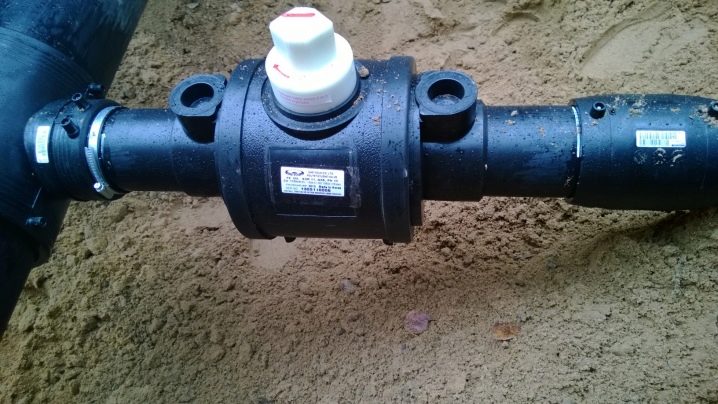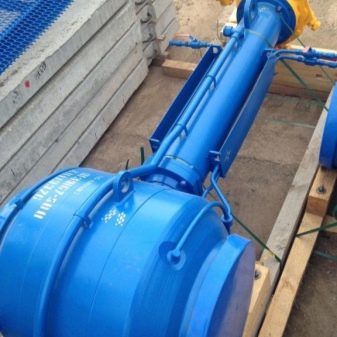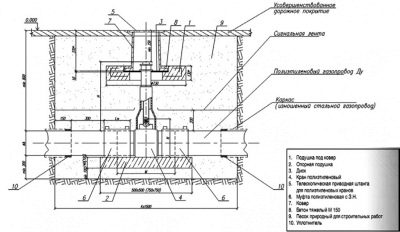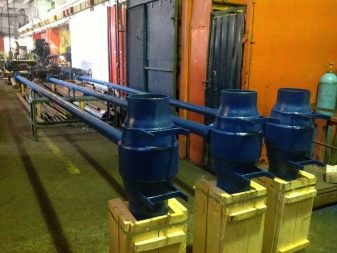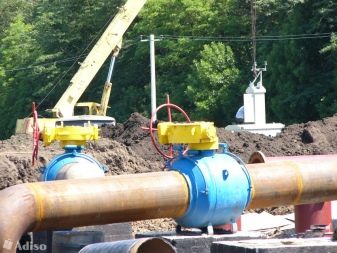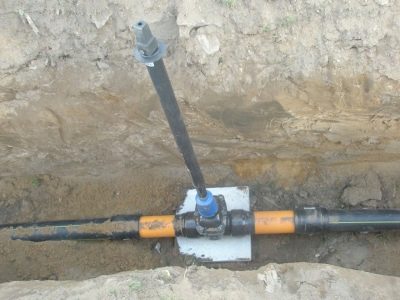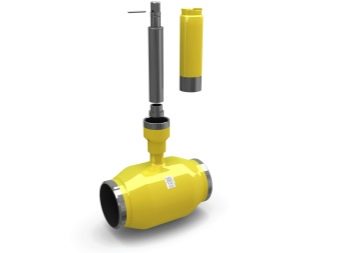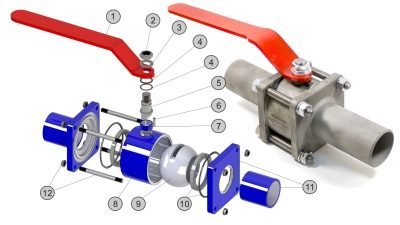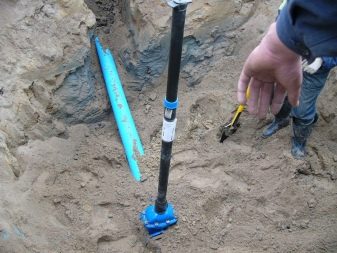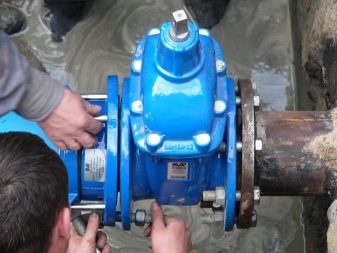Features of ball valves for underground installation
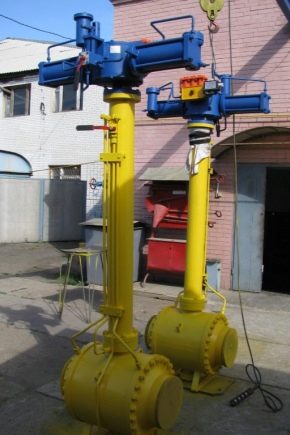
Ball valves are a kind of valves for pipelines, which are designed for gaseous and liquid media. They are used in both domestic and industrial conditions. Cranes are so widespread due to their reliability, durability and simplicity of design.
Distinctive features
Ball valves are compact, practical, neat and aesthetic appearance. Using them is incredibly simple: just turn the special knob 90 degrees. So you can instantly stop the flow of water or gas.This factor is especially important when it comes to any accidents and leaks in gas or water pipelines.
It is also important that the crane is made of a strong material that is resistant to the formation of corrosion, mechanical damage and exposure to aggressive media. In addition, the cranes are durable and have a long service life. If necessary, they are easy to repair without significant costs.
Design
Cranes consist of the following elements:
- housing;
- pens;
- case and adjusting nut;
- Teflon sealing seat;
- rod with rubber seal;
- sealing washer.
The passage of the necessary environment is carried out by a special shutter - parts in the form of a metal ball with a through cylindrical hole in the middle. The size of this hole coincides with the internal diameter of the attached pipe. In this regard, the cranes are called full bore.
It is extremely easy to operate a ball valve. If you open it completely, there will be almost no hydraulic losses in the circulation. This feature reduces pipe wear and increases their service life. To completely block the flow, simply turn the control knob 90 degrees.
Kinds
By bandwidth:
- full bore - 90–100%;
- not full bore - 40–50%;
- standard - 70–80%.
By production material:
- brass;
- plastic;
- other alloys.
Each material has certain advantages and disadvantages. The choice of a particular type depends on the purpose of the crane.
By type of attachment:
- coupling;
- flange;
- welded;
- combined.
Scope of application
Coupling
Used to equip gas, water and heating systems of residential buildings and public buildings. Most often used for standard radiators, even under the carpet. Coupling taps are convenient and easy to use, practical, compact, easily and quickly mounted without any special equipment. Suitable for pipes with a diametrical cross section of not more than 40 millimeters. If the pipe is larger, it is better to opt for a flanged crane.
Flanged
Mounted on pipes with a diameter of more than 5 centimeters. To achieve maximum tightness, special gaskets are used for their installation. This type of ball structures is characterized by increased strength. They are collapsible non-collapsible.In the first case, the design consists of two elements (to ensure easy and quick disassembly). This is necessary in order to easily replace the defective part of the structure. Non-detachable flange versions have a complete body, and in case of damage to any part, the valve must be completely replaced.
Welded
Most often such ball valves are mounted in closed places and cannot be disassembled. For example, they are often used in the construction of buildings. This is the main difference between the welded type and all others. The design is created by welding.
Combined
They imply several options for attaching to pipes. The number of nozzles in the combined cranes is different, in this regard, they are: through passage, angular, multi-port. The latter option is simply indispensable in situations where there is a need to simultaneously mix several different media.
There is another, much less common type of ball valves - choke. It is used in various industries: chemical, food, etc. The main feature of such structures is the possibility of repeated dismantling.They are simple to use and convenient to use.
Tips for choosing
The choice of ball valve depends on what it will be used for and how it will be mounted.
- If you need a durable and durable ball valve that is resistant to corrosion and temperature extremes, it is best to choose a brass construction. This option is ideal for hot water pipes or for the construction of underground structures.
- A plastic or plastic ball valve can easily be deformed or become unusable under the influence of high temperatures. Therefore, it is best used for pipes with cold water or gas.
In the case of an underground installation of a ball valve, it is not necessary to construct a special well - to adjust, it is enough to simply remove the control mechanism and fill the node with earth.
See how the ball valve works in the next video.
